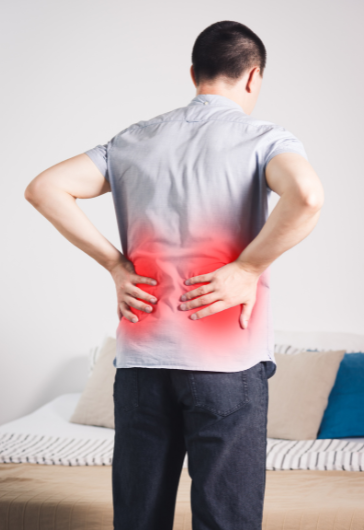If you’ve been told you need a procedure to remove a kidney stone, “the word ureteroscopy” may have been dropped into the conversation like it’s the next obvious step. It’s a common and effective treatment, but it’s not without downsides — and it may not actually be your only option. For many patients, extracorporeal shock wave lithotripsy (ESWL), often simply called “lithotripsy,” offers a gentler alternative worth discussing with your urologist.
Ureteroscopy (URS) involves passing a thin scope up the ureter and into the kidney or ureter to identify and remove or break up kidney stones with a device called a ureteroscope. It usually requires anesthesia and, frequently, placement of a ureteral stent, or a small tube that keeps the ureter open while swelling subsides. The stent, and the invasiveness of the procedure, are the source of many of URS’s downsides. The Cleveland Clinic notes that while stents are generally safe, they commonly cause bothersome symptoms, including urinary urgency, frequency, discomfort and pain that can last until the stent is removed.

Complications beyond stent discomfort are possible. Modern reviews and clinical series cite a spectrum of risks with ureteroscopy, which may include urinary tract infections, bleeding, ureteral perforation, and in rare but serious cases, ureteral avulsion (a tear or separation or the ureter). A comprehensive review of ureteroscopy complications emphasizes that although many events are minor, severe complications can still occur and may require additional interventions or prolonged recovery.
Those complications translate into real-world consequences. Compared with ESWL, ureteroscopy often produces higher immediate success in clearing stones, but several studies show URS is associated with higher complication rates and longer hospital stays in some settings. A meta-analysis comparing ESWL and ureterscopy found that while URS may lead to a higher initial “stone-free” rate, it also had a higher complication rate and longer hospital stays than ESWL — findings patients should weigh when choosing treatment.
Reputable clinical guidelines emphasize tailoring treatment to the patient and the stone — which means ESWL should be on the table as a first-line option for many.
ESWL’s appeal is straightforward: it’s non-invasive, usually performed as an outpatient procedure, often with no or minimal anesthesia (some centers use sedation or general anesthesia), and lets many patients avoid surgical entry into the urinary tract altogether. National health services and major hospitals routinely describe lithotripsy as an outpatient option that breaks stones with targeted shock waves so the fragments can pass naturally — often enabling a faster return to normal activity and eliminating the need for a stent in many cases.
That isn’t to say ESWL is perfect. It can be less effective for some stone sizes, compositions, or anatomical locations, and some patients may need repeat treatments. Success is highest for stones that fall within a certain size window, which you should discuss with your doctor. But for appropriately selected stones, especially smaller, non-complex kidney stones, ESWL can achieve strong outcomes with a lower immediate burden on the patient, meaning fewer incisions, less anesthesia, and often no post-operative stent. That combination matters as avoiding a stent alone can spare patients days or weeks of urinary pain, disrupted sleep, and reduced quality of life.
How to Approach the Discussion With Your Doctor
What should you do as a patient? First, ask your urologist targeted questions.
- What are the size, location, and density of my stone?
- Would a stent be required after ureteroscopy?
- What are the risks and recovery expectations for both approaches in my specific case?
Reputable clinical guidelines emphasize tailoring treatment to the patient and the stone — which means ESWL should be on the table as a first-line option for many.
In short, ureteroscopy is a valuable tool and may be the right choice for complex or difficult-to-reach stones. But it is not risk-free, and for many patients, particularly those with smaller stones, lithotripsy offers a less invasive path with fewer immediate complications and a quicker return to daily life. If offered a choice, insist on a clear discussion of the trade-offs. Your body, your comfort, and your recovery time are valid parts of the decision-making process, and lithotripsy is often the kinder, less disruptive option worth considering.
When you’re ready to line up your lithotripsy consultation or appointment, fill out our contact form here, or call us at (919) 404-7255.
